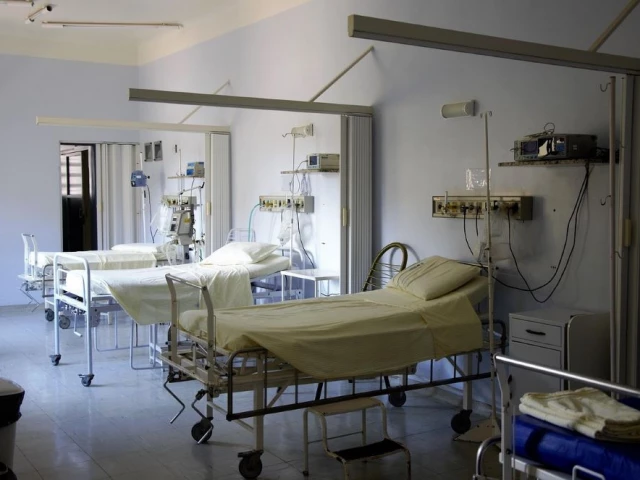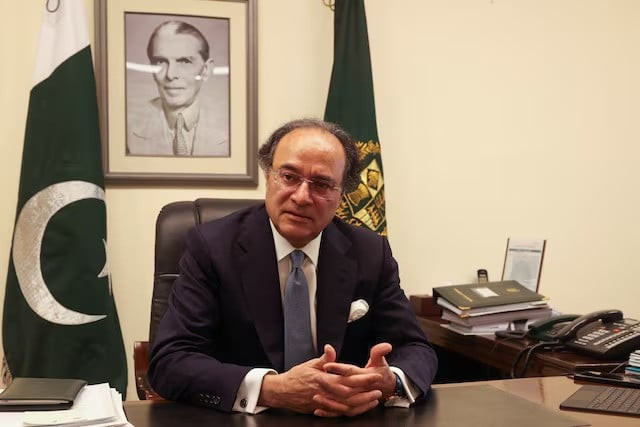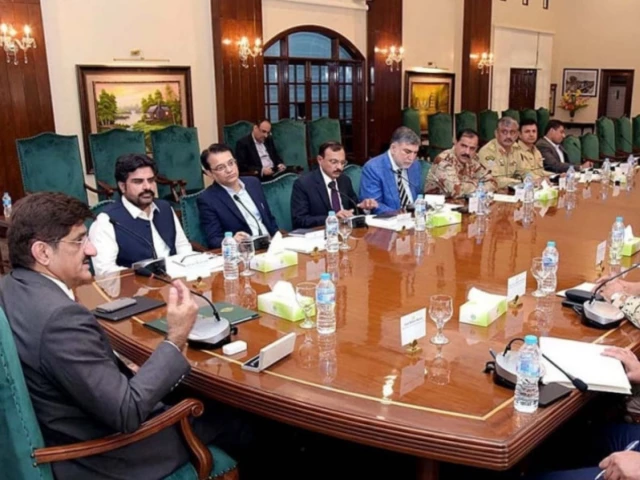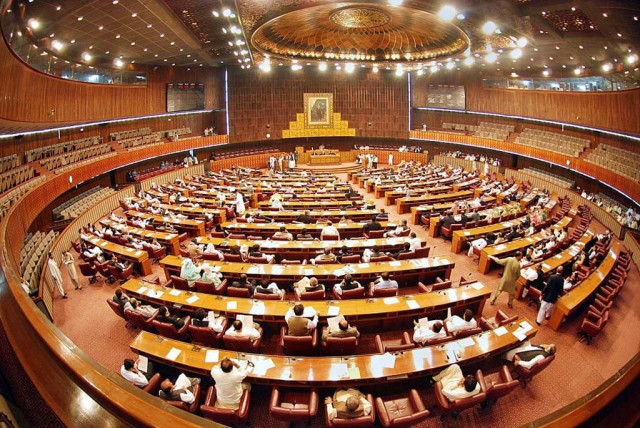The Healthcare Crisis in Karachi: Challenges and Solutions
Karachi is a bustling metropolis, known for its advanced medical facilities that attract patients from across Sindh and Balochistan. However, a startling reality lurks beneath this reputation. With only about 6,500 beds and just 250 ventilators, major hospitals in the city are struggling to keep pace with the growing influx of patients. This strain is felt acutely by families in need of urgent care.
Take Sadia Khatun, for example. She spent two weeks trying to secure a bed for her husband’s gallbladder surgery at Jinnah Hospital, only to be met with disappointment. “I felt helpless,” she shared. With the government hospitals overflowing, Sadia was eventually forced to take out a loan to access treatment at a private facility—a scenario many families face.
The root of the problem? According to former health director Dr. Ikram Sultan, inadequate treatment facilities in district hospitals lead to overcrowding in Karachi’s major hospitals. While Jinnah Hospital and others serve as lifelines for many, they cannot shoulder the weight of the entire region’s healthcare needs. Dr. Sultan emphasizes the need for more specialists in district hospitals to alleviate this burden.
A report from the Express Tribune noted that around 60% of beds in district hospitals are occupied. Unfortunately, there’s a severe shortage of paramedical staff and specialists like anesthesiologists and nephrologists. As a result, primary health care facilities struggle to cope, driving patients to tertiary care centers like the Civil Hospital—a place that sees up to 2,000 patients daily in the accident department alone.
Dr. Khalid Bukhari, head of the Civil Hospital, remarked that some patients might wait one to two months for treatment due to overwhelming numbers. Similarly, the spokesperson for Jinnah Hospital revealed that a considerable portion of ICU units are inactive, primarily due to staffing shortages.
The trauma situation goes beyond patient beds. Facilities like the Shaheed Benazir Bhutto Accident and Emergency Trauma Center have 500 beds available, but 60 of those are non-functional. The Sindh Government Liaquatabad Hospital offers only 200 beds, compounded by a lack of essential equipment like CT scan machines.
Urban congestion further complicates matters. Major hospitals situated on busy roads like MA Jinnah Road often cause delays for ambulances, putting even more lives at risk.
What can we do? First and foremost, awareness of these challenges is crucial. Supporting initiatives that focus on improving medical facilities can lead to long-term benefits for Karachi’s healthcare system. If you’re interested in making a difference or exploring healthcare options, consider connecting with organizations like Pro21st, which are dedicated to improving access to medical services. Let’s work towards a healthier future together!
At Pro21st, we believe in sharing updates that matter.
Stay connected for more real conversations, fresh insights, and 21st-century perspectives.





